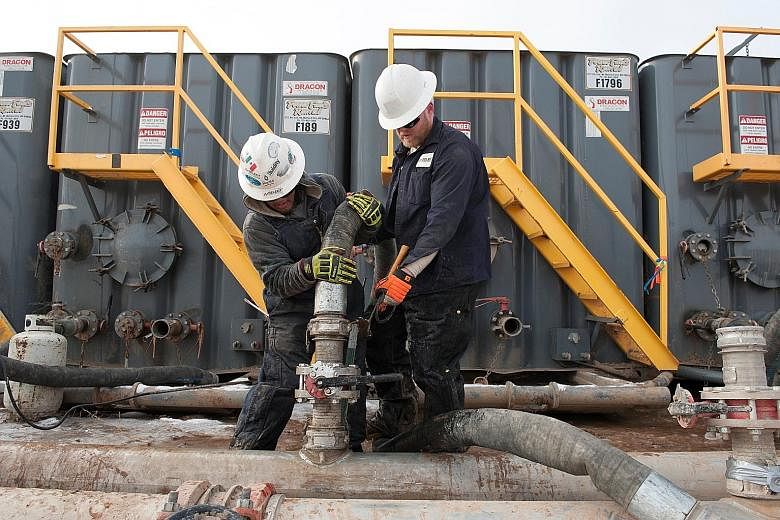WASHINGTON • Job growth in the United States slowed in May and employment gains in the previous two months were not as strong as previously reported, suggesting the labour market was losing momentum despite the unemployment rate falling to a 16-year low of 4.3 per cent.
Non-farm payrolls increased 138,000 last month as the manufacturing, government and retail sectors lost jobs, the Labour Department said yesterday.
March and April data was revised to show 66,000 fewer jobs created than previously reported. May's job gains marked a sharp deceleration from the 181,000 monthly average over the past 12 months.
While last month's job gains could still be sufficient reason for the US Federal Reserve to raise interest rates this month, the modest increase could raise concerns about the economy's health after growth slowed in the first quarter.
The economy needs to create 75,000 to 100,000 jobs per month to keep up with growth in the working-age population. Job gains are slowing as the labour market nears full employment.
The employment report was released less than two weeks before the Fed's June 13-14 policy meeting.
Economists polled by Reuters had forecast payrolls increasing by 185,000 jobs last month and the unemployment rate holding steady at 4.4 per cent.
Prior to the report, US financial markets had almost priced in a 25-basis-point increase in the Fed's benchmark overnight interest rate this month, according to CME FedWatch.
The US central bank raised interest rates by 25 basis points in March. Data on consumer spending and manufacturing suggests the economy gained speed early in the second quarter after gross domestic product increased at a tepid 1.2 per cent annualised rate at the start of the year.
But persistently sluggish wage growth could cast a shadow on further monetary policy tightening. Average hourly earnings rose four cents or 0.2 per cent last month after a similar gain in April.
That left the year-on-year increase in wages at 2.5 per cent.
Annual inflation rates have retreated in recent months, but with the labour market expected to hit full employment this year, there is optimism that wage growth will accelerate.
REUTERS

